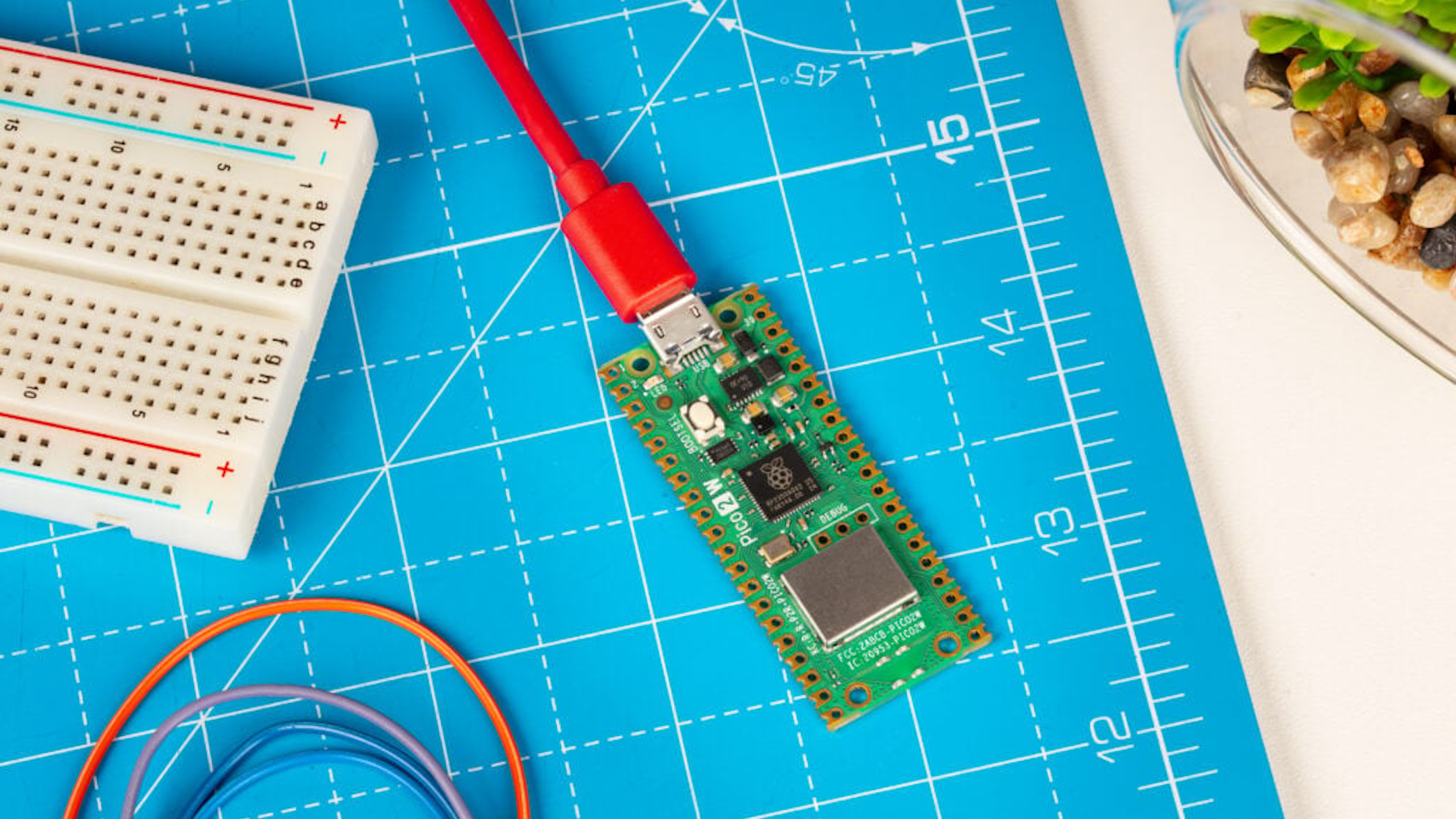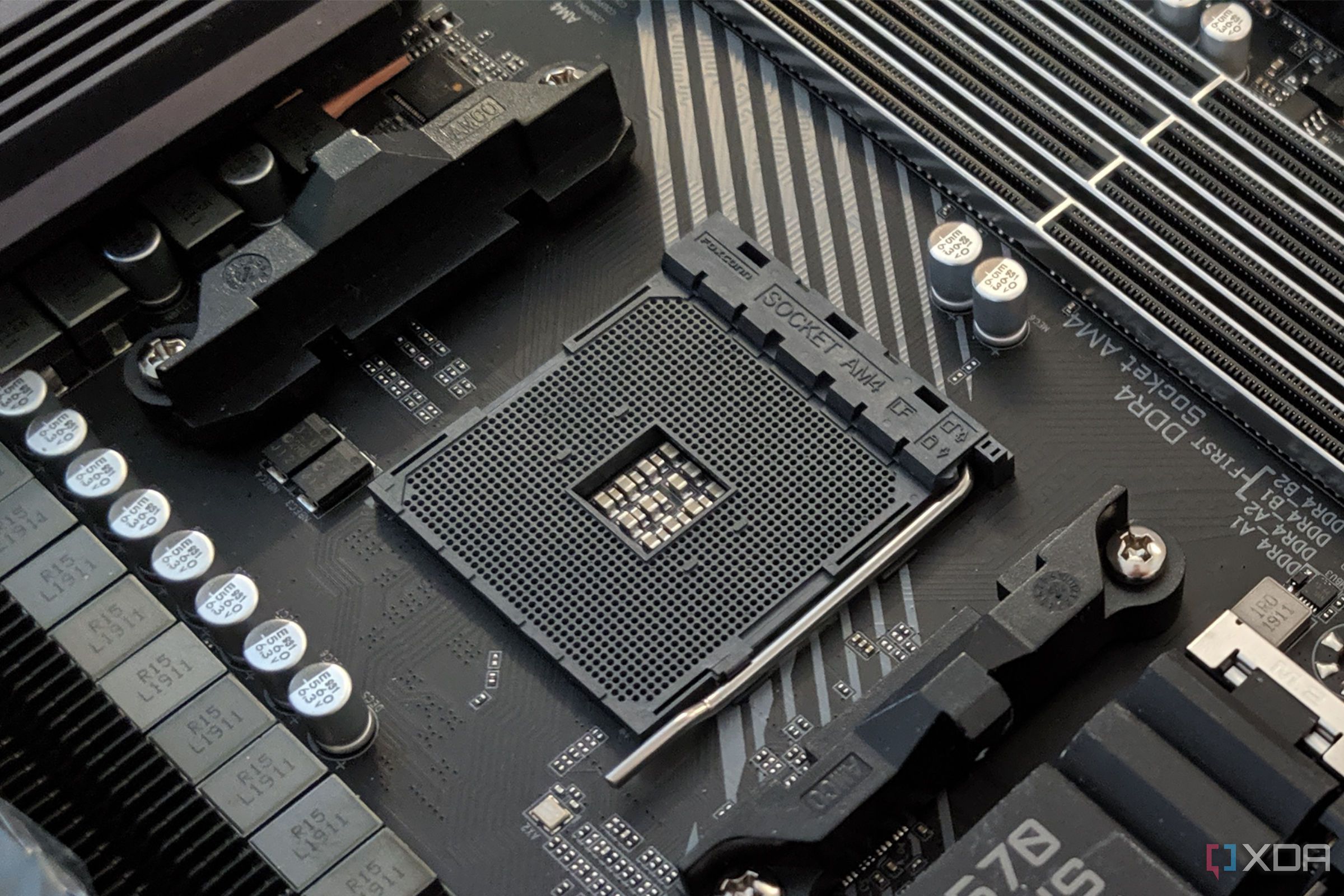Summary
- Smart students at Cornell created a nuclear reactor simulator for the Raspberry Pi Pico
- A bug in the system enhances the experience as the reactor goes critical
- Simulated reactor includes visuals, Geiger Counter audio, and user input
Nuclear reactors always have that weird mystique about them, don't they? While modern-day reactors are probably a lot safer than the ones created decades ago, thinking about them still invokes mental images of events like Chernobyl, where a nuclear reactor went into meltdown and set off a chain reaction that's still active today.
If you've ever wanted to tinker with a nuclear reactor and the events that happen within one, but you just can't seem to get past the guards of your nearest power plant, then allow me to introduce you to the next best thing. Some very smart students have created a nuclear reactor simulator for the Raspberry Pi Pico, and the best bit is, one of the "bugs" in the software is actually a very nice touch for the experience.

Related
7 superpowers of a Raspberry Pi Pico that beat the regular Pi
The Raspberry Pi Pico might be a lot smaller than the standard SBC, but it's better-suited for a number of projects than the larger board
This nuclear reactor simulator is all of the intrigue with none of the decades-long radiation effects
As spotted by Hackaday, this amazing project was part of a course at Cornell University. Titled "Digital Systems Design Using Microcontrollers," the course asked students to create a system using a Raspberry Pi Pico. So these students opted to use their board to simulate a nuclear reactor going critical. As you do.
On the project page, the students break down what their submission is about:
Our Project simulates the RBMK Nuclear Fission Reactor, notable for the infamous Chernobyl Disaster. The concept for this project was inspired by the Chernobyl Visually Explained Video by Higgsino physics. Our Simulation is running on a Raspberry Pi Pico using the RP2040 Microcontroller, displaying visuals to a VGA display, synthesizing Geiger Counter audio via DMA channels, and enabling user input via buttons and encoders.
You can see a video of the project in action above. The students even created a little dashboard, including a protected button to activate the scram procedure.
What's fun is that there's actually a bug in the system where, when the reactor goes critical, the Pi Pico can't keep up with the effects, and things start to flicker and look weird. However, the students decided to keep it, because seeing the system slowly fall apart really sells the idea that a nuclear reactor is about to explode. Honestly, I respect it.
If you want to make your own nuclear reactor simulator at home, visit the project page linked above. From here, you can read all the details about how the students made the system and the thought process that went into it. If you just want to cut to the chase, pop over to the Appendix section where they've listed out all of the source code. And if that's a little over your skill level, don't fret; try these five Raspberry Pi Pico projects that cost under $10 but feel magical.
.png)










 English (US) ·
English (US) ·